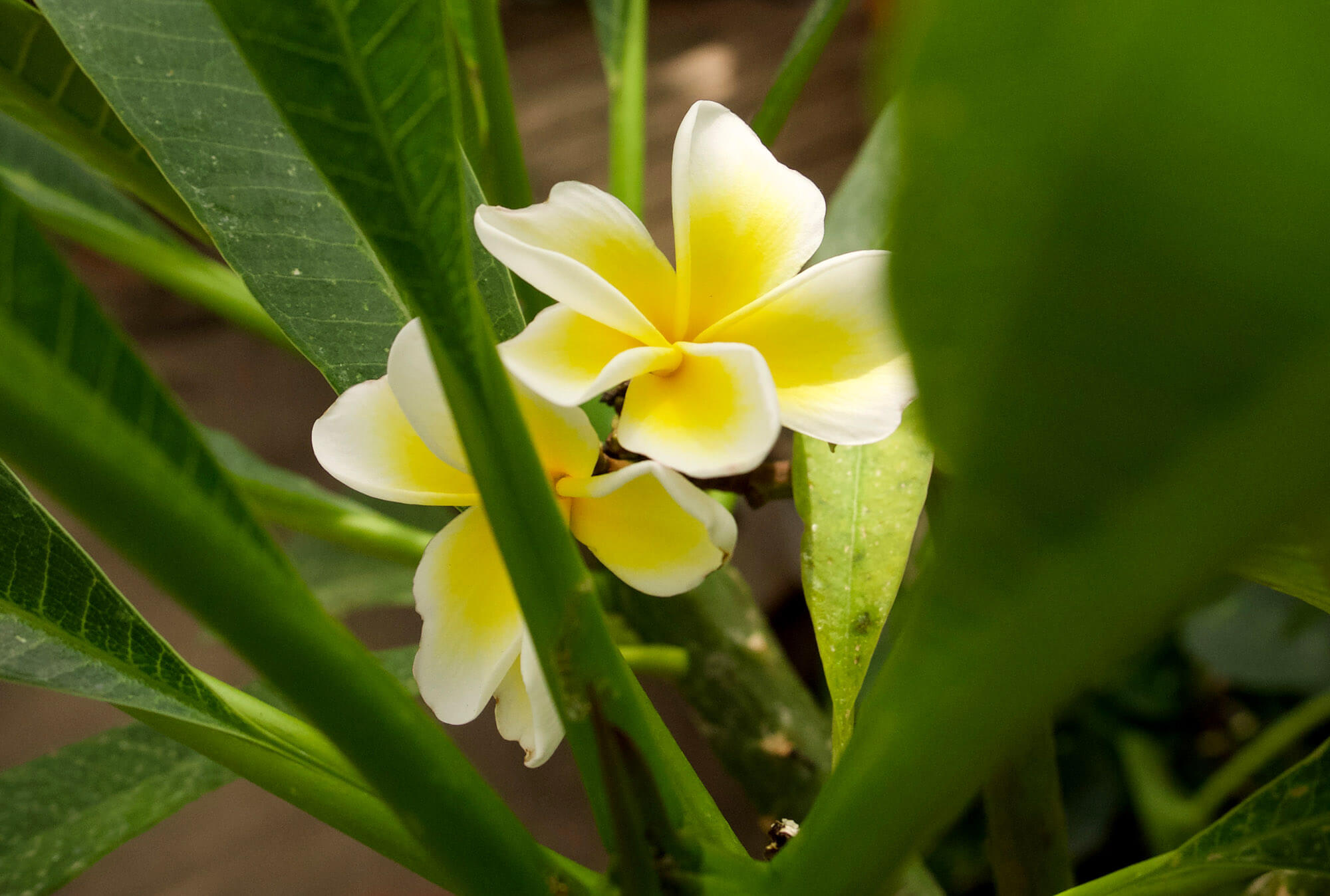“The flowers did hang their heads, because they had been dancing all night and were very tired…”
—Hans Christian Anderson
When I hear someone say “that won’t grow around here”, I ask myself why they’re so sure. Among the many reasons listed in garden reference books is hardiness, a label based on a subjective analysis of just how cold the air can be before a plant dies or sustains serious damage. A little bit of cruel experimentation and we calculate the limiting factor or PLANT HARDINESS RATING for almost anything from fuchsias to blueberries. The problem with this system is that it overlooks other variables which might have a decided influence on a plant’s cold tolerance.
The people at the U.S. Department of Agriculture have assembled a series of maps based on this minimum expected temperature in various regions of the country. “Take it with a grain of salt” is good advice to map followers, since their data were collected over only the past 140 years or so (not a long time in the scope of natural history). Maps published in local gardening books are quite a bit better since they include more detailed information based on soil, latitude, elevation, bodies of water, continental air masses, and other geographical influences. Sadly, the best example of this was the Sunset Western Garden Book (whose zones are used on our nursery plant information cards), which is out-of-print, and no revival seems likely.
 East Coasters will recognize that many of their most glorious flowering shrubs are less than spectacular in our milder clime. Inadequate winter chilling is often the culprit here. Forsythias, lilacs, and peonies tend to disappoint those accustomed to New York gardens. On the other hand, some species might withstand the winter lows with ease, yet never thrive if they don’t receive a measure of heat during their peak growing season. Tropical trees which you might see along the streets of Los Angeles turn out to be mere twigs when grown in our local fog belts. If you are blessed with a warm garden (a banana belt), you might then consider the flamboyant African Tulip Tree (Spathodea), Erythrina, or even Plumeria for garden-fresh leis.
East Coasters will recognize that many of their most glorious flowering shrubs are less than spectacular in our milder clime. Inadequate winter chilling is often the culprit here. Forsythias, lilacs, and peonies tend to disappoint those accustomed to New York gardens. On the other hand, some species might withstand the winter lows with ease, yet never thrive if they don’t receive a measure of heat during their peak growing season. Tropical trees which you might see along the streets of Los Angeles turn out to be mere twigs when grown in our local fog belts. If you are blessed with a warm garden (a banana belt), you might then consider the flamboyant African Tulip Tree (Spathodea), Erythrina, or even Plumeria for garden-fresh leis.
Our diversity of microclimates is what makes Bay Area gardening so exciting. Embrace this wholeheartedly but be prepared for a few disappointments along the way.



